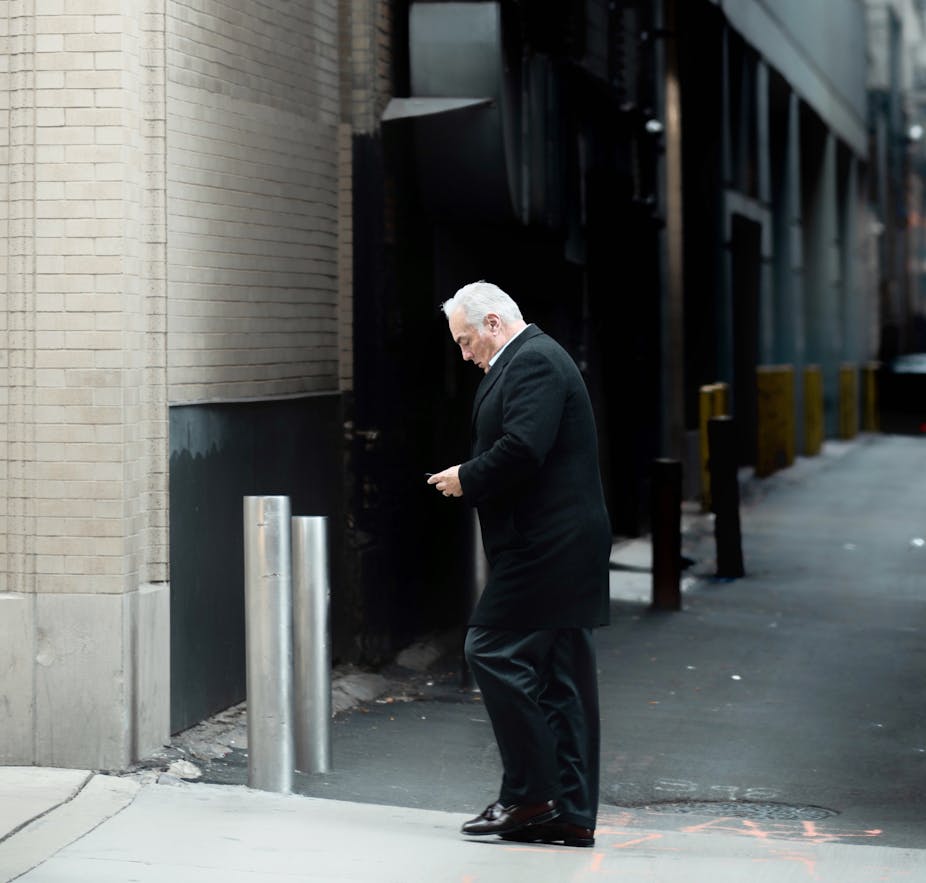UK employers affected by the pandemic have been able to put their employees on furlough thanks to the coronavirus job retention scheme, with the government covering 80% of their monthly wages up to £2,500. The furlough scheme is set to wind down in July (with higher employer contributions required), despite the recently announced delay to the lifting of all lockdown restrictions. It has also been reported that the Treasury is not intending to extend the scheme beyond the end of September.
Workers under the age of 25 are the most common users of the scheme, since they make up much of the workforce in industries like hospitality and travel where normal business has been impossible. However, an often ignored fact is that older workers have been worse affected by the pandemic than middle-aged workers.
In late April, workers over the age of 65 were 40% more likely to be furloughed than workers in their 40s. The number of furloughed workers over the age of 50 is 977,300, compared to 969,700 furloughed workers below the age 30.
Unemployment is expected to rise as the scheme comes to an end, since some firms will not be able to retain their workers. Some older workers may retire early as a result, but leaving the labour market may not be an option for those lacking the financial resources – especially if they also still have several years before reaching the current state pension age of 66.
So how will these older workers who become unemployed at the end of the furlough scheme fare compared to their younger counterparts?
Older workers and employment
We can start by looking at pre-pandemic patterns of work among workers aged 50 to 69, as shown in a new report by the Institute for Fiscal Studies (of which I am a co-author), funded by the Centre for Ageing Better.
The report finds that older workers are less likely to find work after spells of unemployment compared to younger workers. Less than a third of unemployed older jobseekers are working a year later, compared to about half for the younger age groups (as shown in the graph below). This is even more true for those in long-term unemployment. Meanwhile, certain types of older workers are even less likely to find work after unemployment – in particular, women and those with no educational qualifications.
Share of unemployed getting hired over the course of a year, by age

But why is finding work more difficult for older jobseekers than younger ones? Certain characteristics of older workers may help explain this: older workers have on average spent a much longer time in the same job than younger workers. For example, over two-thirds of workers in their mid-50s have been working with the same employer for at least five years. Such people have less recent experience in looking for work, and may have built up a large amount of firm-specific experience that may not be easily transferable to new jobs.
Older workers are also much less likely to switch employer, industry or occupation compared to younger workers. This suggests that older workers may face more obstacles when it comes to moving between jobs, or they may just prefer to stay in the same job for longer than younger adults.
The COVID effect
The COVID-19 crisis might exacerbate the difficulties older jobseekers are facing, for several reasons. Finding work is particularly difficult for workers who have been unemployed for longer. For example, older workers who have already been out of work for six to 12 months are 17 percentage points less likely to be in work one year later compared to an older worker who has been out of work for less than six months, all else equal.
While furlough has maintained the connection between a firm and an employee, if they cannot return to work after furlough, the long periods spent outside the labour market may have a similar effect on their re-employment opportunities as long-term unemployment. In particular, the lack of keeping up and building on skills at work can be detrimental.

At the same time, the pandemic is likely to permanently affect industries such as hospitality, travel and retail. Some older workers may have to consider changing industry or occupation, which can be difficult. In particular, those with fewer years left in the labour market may see the returns from retraining as too low to justify the effort.
To help older workers who are made redundant after the furlough scheme is wound up, the government should consider supporting them – especially the more vulnerable ones, such as those with little or no formal qualifications. Previous research finds that the current forms of employment support are not working as well for people over the age of 50, so more targeted support could be beneficial. Help for those looking to switch industry or occupation should also be available, and some of this should be specifically aimed at older workers.
With workers having to wait until they are 66 to receive a state pension, it is important for many older people’s financial security that they are able to find new work in the coming months.

